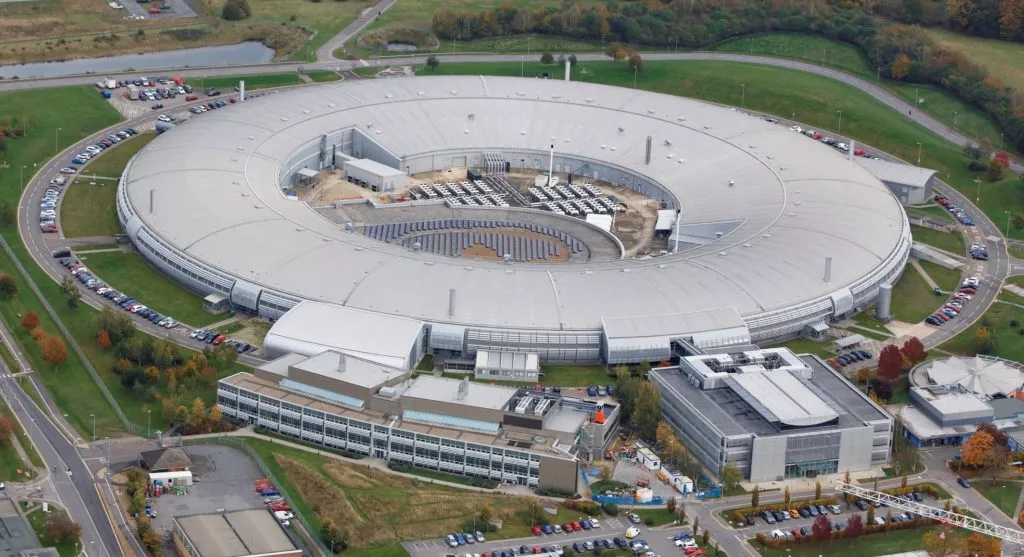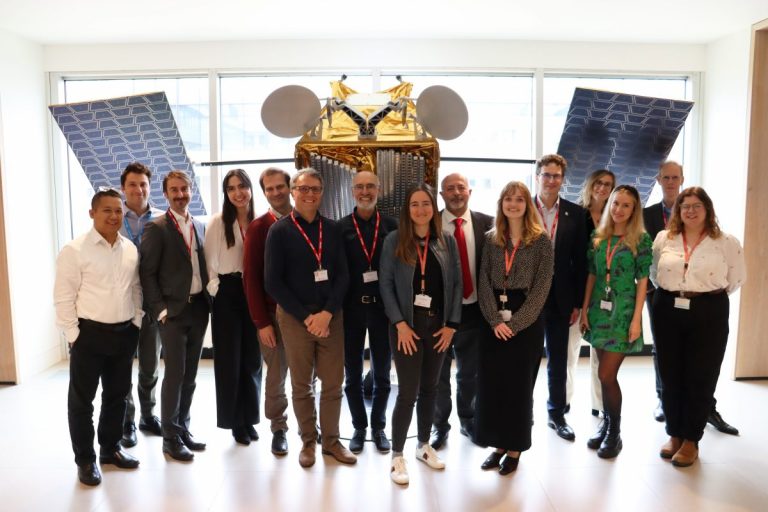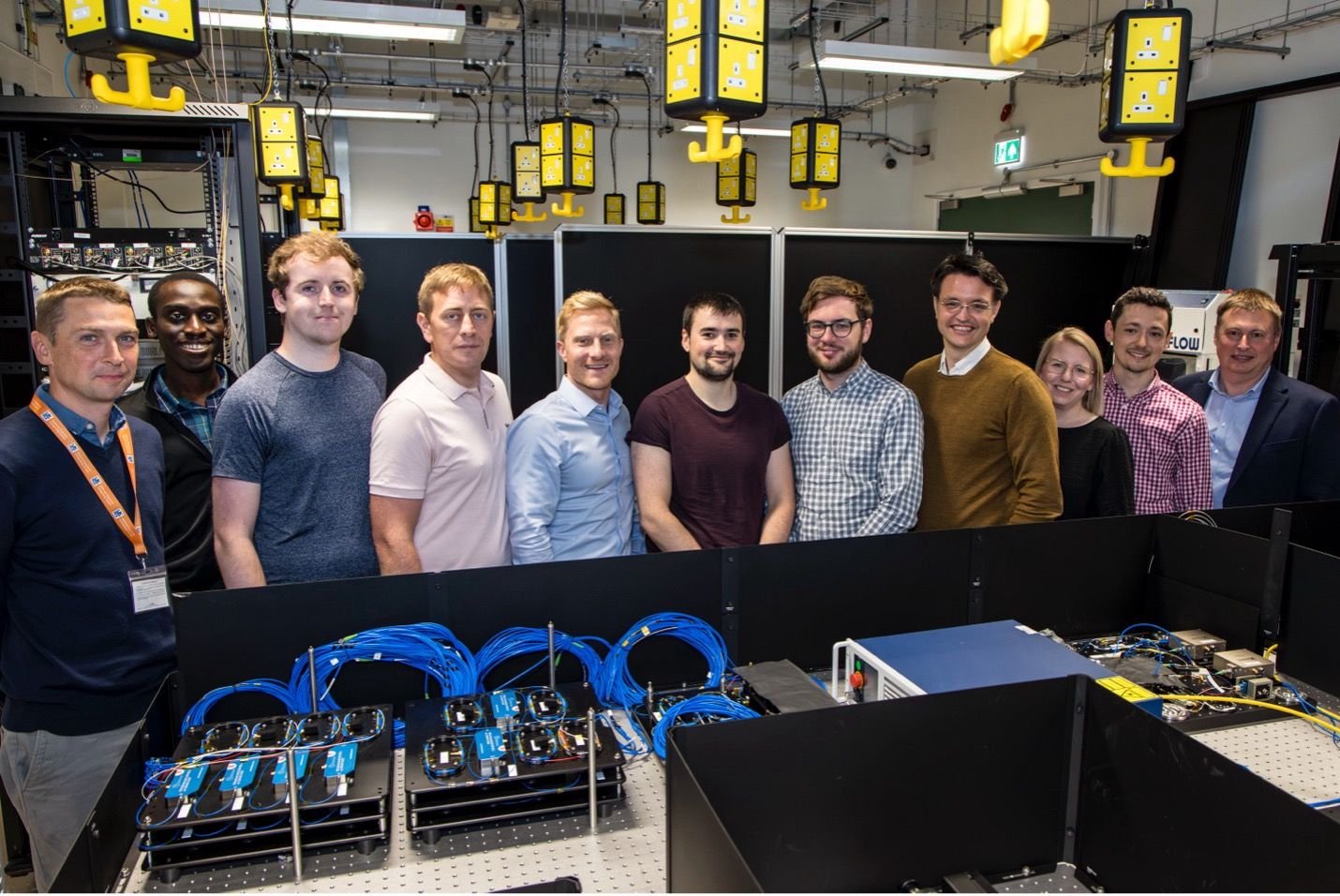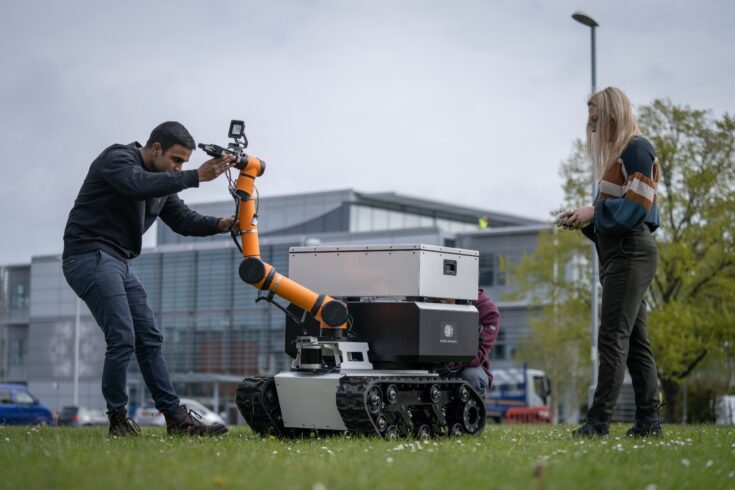
Diamond receives confirmation of funding for first phase of Diamond-II
Today, Diamond is pleased to receive confirmation that UKRI has allocated £81.5M for the first phase of Diamond-II from this financial year until April 2025.
This budget is part of the £481m UKRI has allocated to infrastructure within the UKRI portfolio over the next three years for 23 major infrastructure projects and 9 scoping studies to maintain the UK’s position as a science superpower.
Prof. Andrew Harrison, Diamond CEO and Senior Responsible Officer for Diamond-II says: “Diamond’s success owes a great debt of gratitude to the trust and commitment of its funding agencies, the UK Government – through BEIS, UKRI and UKRI’s STFC (Science Technology and Facilities Council), and the Wellcome Trust who have provided ongoing support. It is great to see they are fully behind Diamond-II and all have enabled this funding confirmation. This investment will set a course to strengthen the UK’s global scientific leadership. We are very pleased indeed to have received this support, but we also have to be prepared for the challenges of delivering the Programme in full with the substantial rise in inflation as well as supply chain issues, in a difficult world situation and also in competition with other international facilities.”
The overall transformational Diamond-II upgrade will take several years of planning, a dark period of 18 months during which there will be no synchrotron light for the user community followed by a period to fully launch the new 5 flagship beamlines and a comprehensive series of other upgrades staggered over a number of years pre and post dark period, which will bring a total of 38 instruments around the synchrotron ring.
This year marks 15 years of Diamond Light Source delivering science and innovation to the worldwide science community and 20 years since it was set up in 2002. Prof. Harrison, adds:
“We are entering a new era of opportunity with the advent of fourth generation synchrotrons. So, we are delighted that the new Programme Director for Diamond-II Rob Walden will be leading what will be a massive transformation in our capabilities. Progress in accelerator technology means Diamond-II will offer the scientific community in academia and industry the opportunity to exploit much brighter beams and an increased coherence over a large energy range on all our beamlines plus additional beamlines. It will help inspire the next generation of STEM professionals and create new opportunities for researchers in universities, research institutes and industry, ultimately having a lasting impact on our society and the economy.”
With its first year of preliminary funding, the Diamond-II programme successfully passed the UK Government’s Outline Business Case milestone last November and has already delivered some of the machine magnet prototypes (See picture) needed as part of the preliminary funding that was given over a year ago.UKRI’s announcement confirms the second year of preliminary funding of £2.8m to finalise the Diamond-II Full Business Case and secures the first phase of Diamond-II core investment
at £81.5m from April 2022-April 2025. Earlier last year Diamond was pleased to have received, after an independent reviewing process, an early indication of support from the Wellcome Trust subject to UKRI STFC’s approval of the Programme. Now this core funding from UKRI confirms the UK Government’s commitment to building on the success Diamond has achieved so far. A recent study by Technopolis and Diamond estimates a cumulative monetised impact of at least £1.8 billion from the UK’s synchrotron, reflecting very favourably with the £1.2 billion investment made in the facility (2003-2020); a cost that is less than a cup of coffee as each UK taxpayer contributes only £2.45 a year towards it. This Socio-Economic Impact study included example case studies demonstrating the impact and breadth of Diamond research achievements such as:
- • time-critical data and resources for improved public understanding of COVID-19;
- • research of an enzyme that degrades plastic;
- • a new synthetic vaccine for the virus causing foot-and-mouth disease;
- • thermal energy storage solutions to reduce CO2 emissions and domestic fuel bills;
- • improving the lifetime of engineering components like turbine blades by studying residual stress profiles;
- • characterisation of energy materials and catalysts for sustainable technologies.
For more information please do not hesitate to contact Isabelle Boscaro-Clarke, Head of Communications Engagement and Impact on Mobile:0044(0)79 90 797 916.
The Diamond-II programme is to transform Diamond and has six principal strategic objectives:
· Retain and build on a world leading research facility and influence on the global stage through transformative technology.
· Provide a step change in ability to generate knowledge and ideas to solve 21st century challenges.
· Increase the capacity to serve a growing, increasingly diverse science community.
· Improve the efficiency and productivity of industrial partners, particularly in the health and energy sectors.
· Maximise the benefits of research institutes working together – both at the Harwell Campus and further across the UK as Diamond acts as a national and international hub for collaborative working.
· Inspire and develop the next generation of STEM professionals.
These will be delivered by the overall programme which includes:
▪ Machine – Equipment to replace the synchrotron machine
▪ Beamlines – Five new beamlines and critical beamline upgrades
▪ Software /Computing – New computing hardware and software
▪ Infrastructure – A new building to house staff and equipment
▪ Programme Management – an overall close supervision of the delivery of the programme


